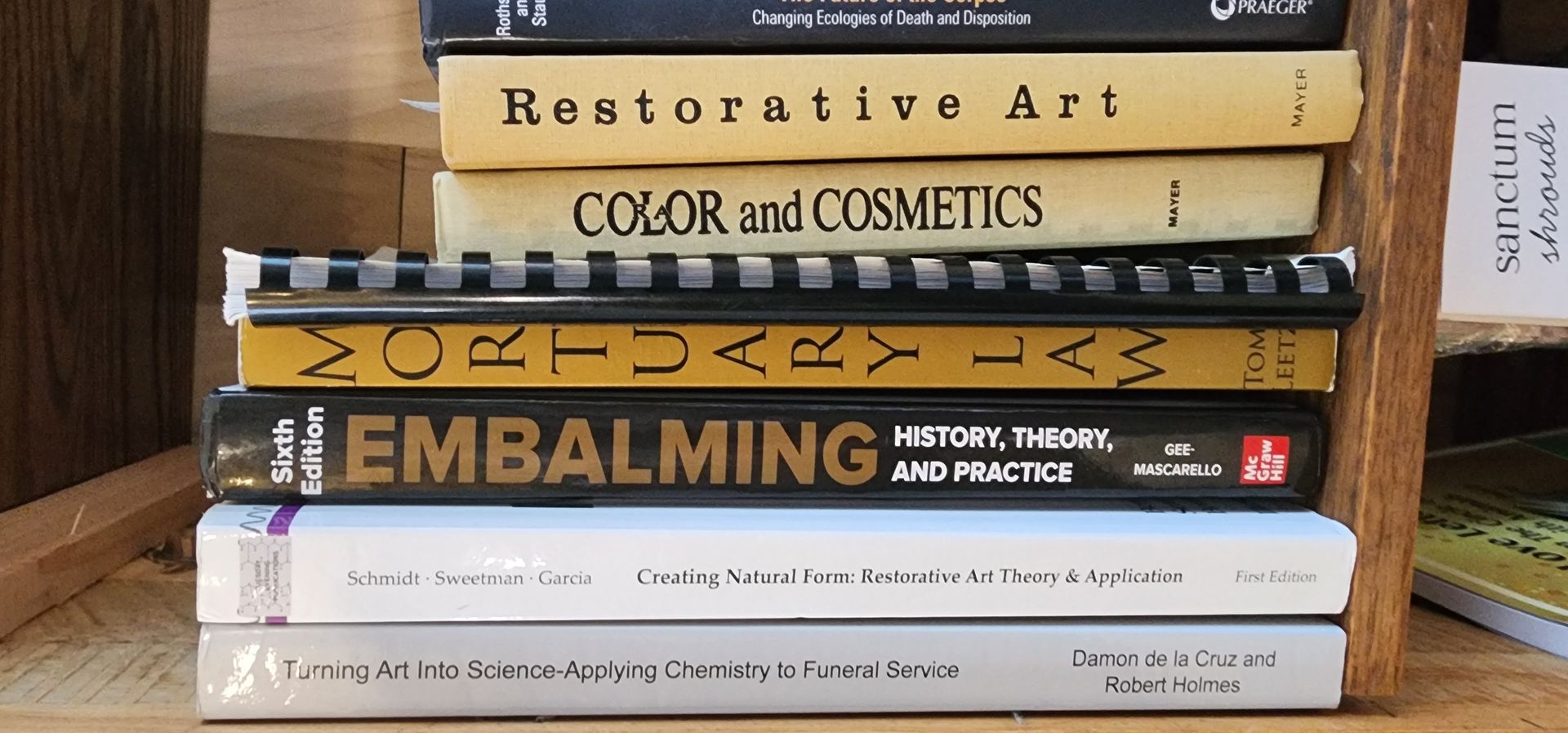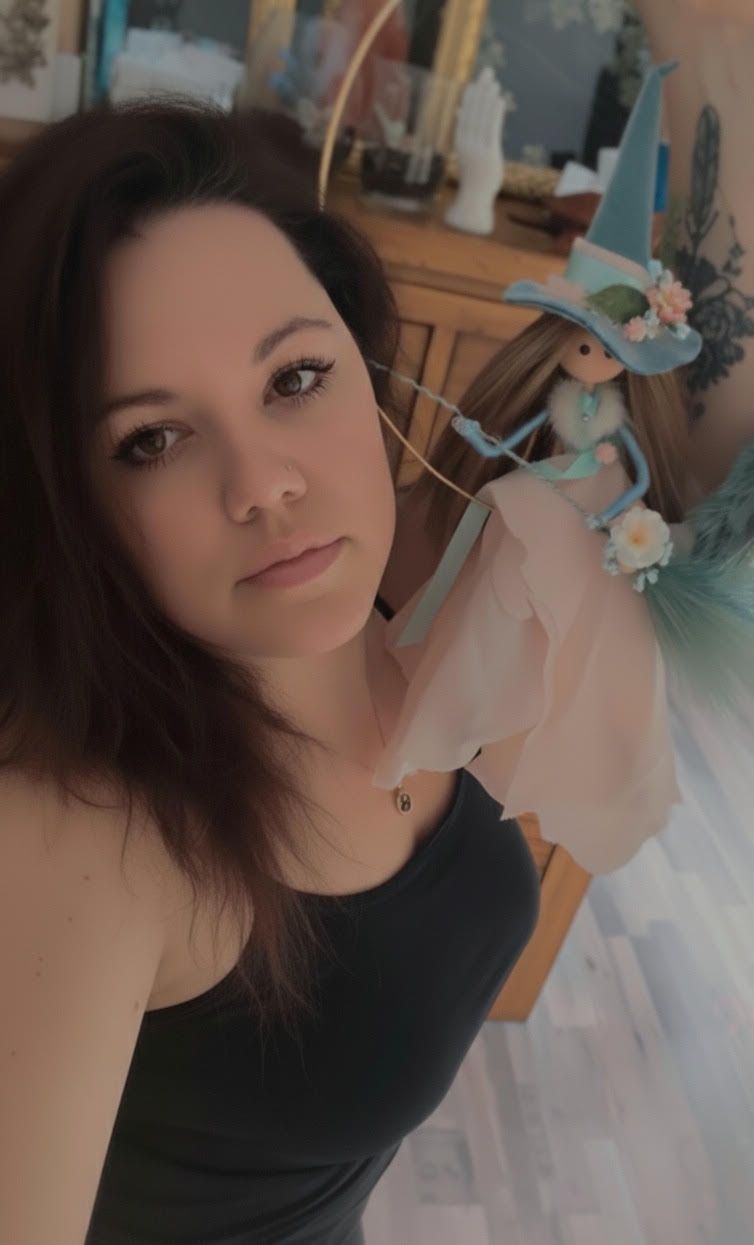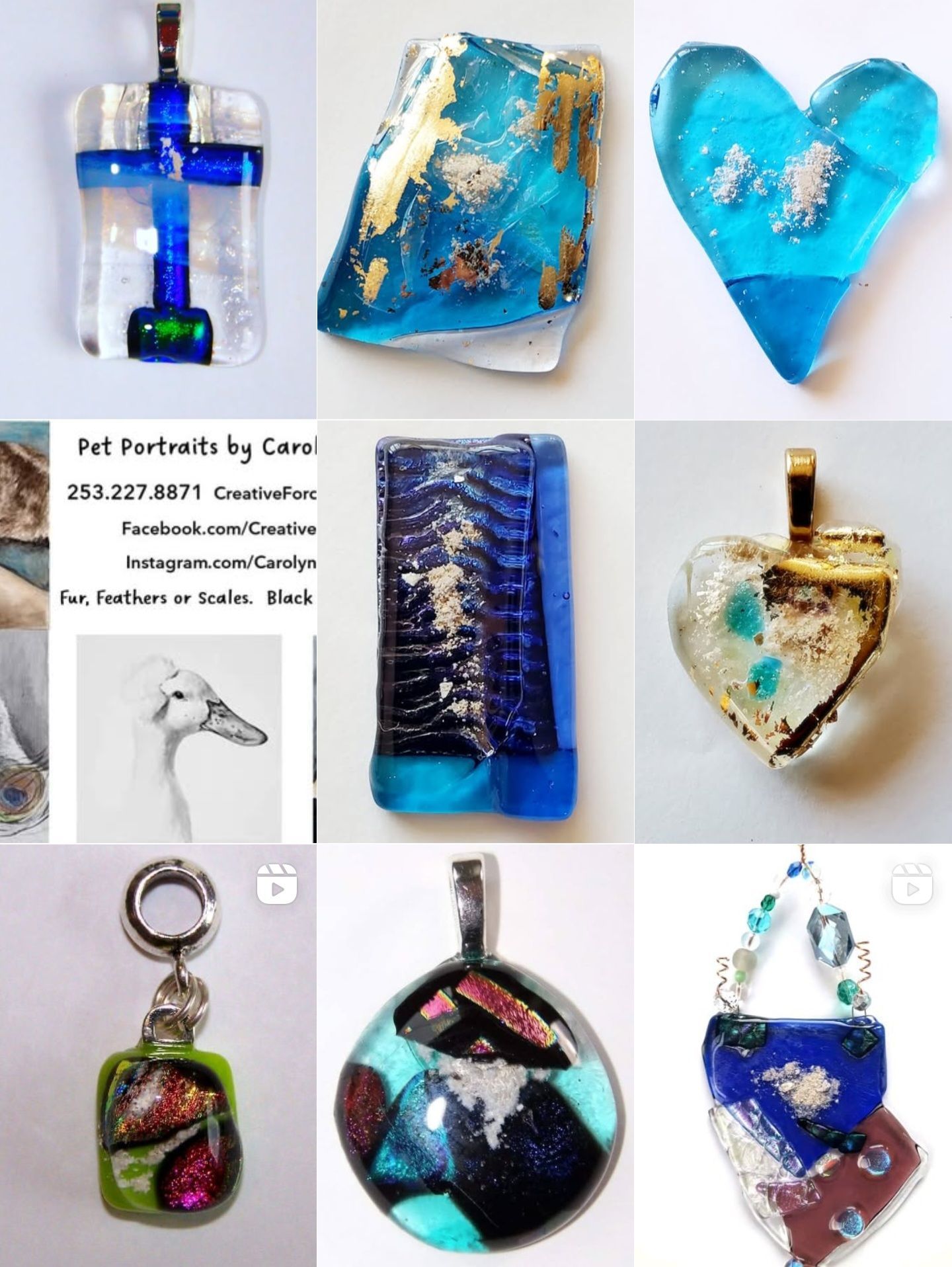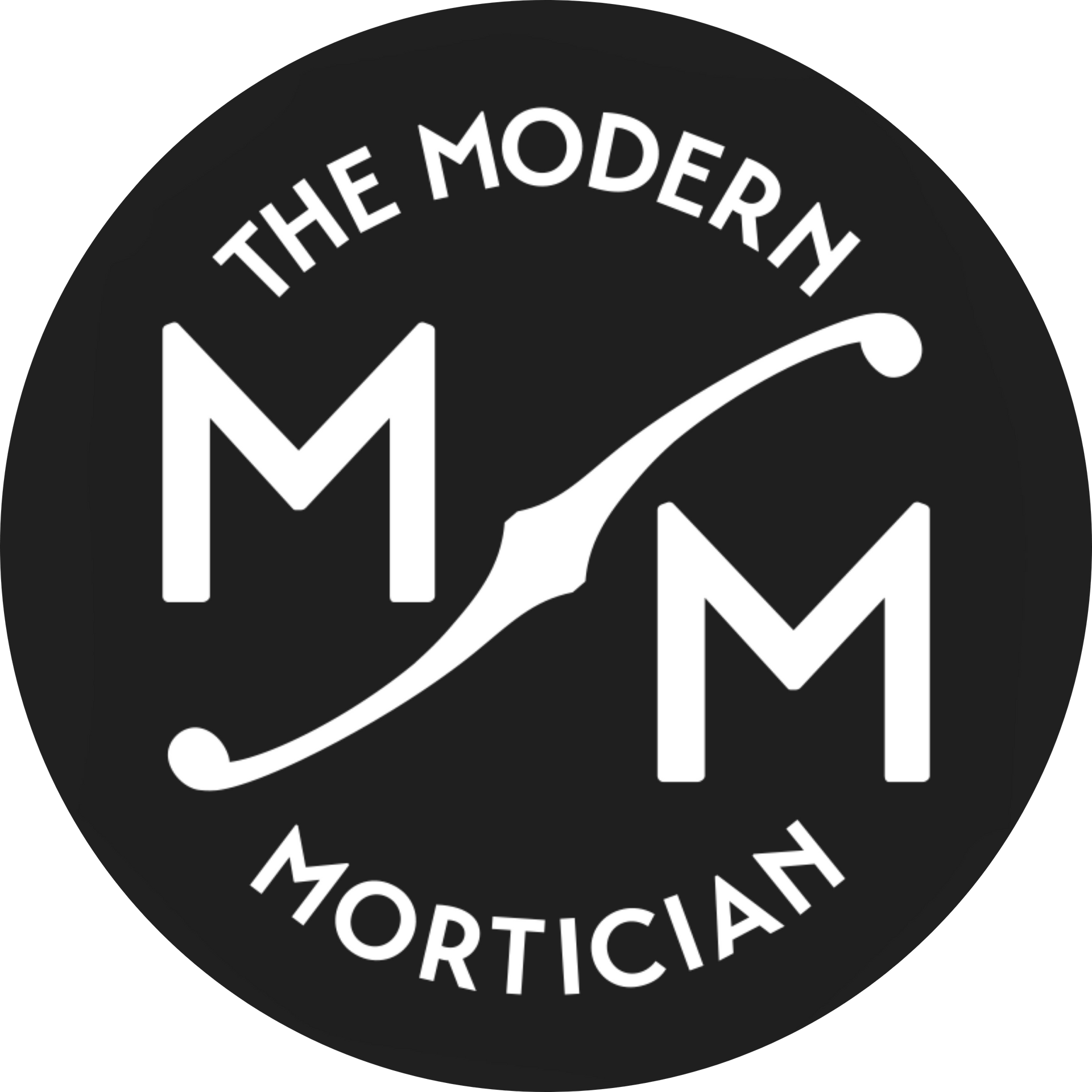Strawberry Milk- A disgusting post about how an Embalmer used canned milk to treat jaundice.
Strawberry Milk- A disgusting post about how an Embalmer used canned milk to treat jaundice.
(1998)
Long before darkening the halls of a mortuary school, I did a summer job at a well-respected, local funeral home. I answered the telephones, set up the morning events on the old felt board with push in letters and numbers, ran errands- typical summer job. One morning, I was asked to go to the grocery store and return with 10 cans of Eagle Brand Milk- basically condensed milk… in a can.
It was a typical morning. I had just opened the thick, drawn curtains that looked out over Main Street. The front door was unlocked, porch swept. I sat in solidarity at the front desk, anticipating a few hours of silence ahead. Suddenly, the garage door sprang to life down the long, back hallway of the funeral home, creating a gentle hum across the building. Voices, shuffling, van doors opening, the clattering of metal as a cot carrying the deceased is rolled out and into the prep room. Doors closing, muffled voices. They were obviously huddled in the prep room: Greg, Steve and Brad. Greg was a 3rd generation Funeral Director/Embalmer (Mortician), Steve an Apprentice, and Brad was just another kid that took a summer job.
Greg’s mother, Bettie, a licensed Funeral Director herself, had entered the building. She spoke to her son briefly in the hallway, greeted me at the desk and asked me to go to the store for Greg. She handed me cash and a slip of white paper.
Upon my return, I approached the wide door to the prep room. This was where everything happened. The bathing, the embalming, the dressing, the cosmetics… the smoke and mirrors; THE MAGIC. It had a numerical keypad entry, to limit accessibility to the public due to the contents it held inside. I nervously knocked. My interactions with this room so far had been limited. Brad opened the door a crack and peered out at me, eyes wide. He was still getting used to the hidden secrets behind the door. He looked back at Greg, and then opened the door and motioned me in.
I was asked if I wanted to watch. This was my first invitation, and it was a unique experience indeed. What was about to go on behind the prep room doors was by many accounts only an old embalmers tale, one of the old school tricks of the trade, per say. This is NOT the schooled way to treat a body with Jaundice.
The man on the table before me was a unique shade of yellow. After raising the vessels in the mans neck to inject into the artery and drain from the vein, Greg began to pour each can of condensed milk purchased at the local grocery store into the tank of the embalming machine. I stood off to the right side, watching the drain channel of the porcelain table run with water. Steve flipped the machine on, and the water suddenly became a river of dark red blood. The machine began to push the milk through the tube, into the *cannula clamped in place, infusing the circulatory system with the creamy sickeningly sweet liquid and pushing the blood out into the river my eyes were fixated upon. It flowed directly into a drain to normal city waste system below. After what felt like an eternity, the river shifted again. I watched as the former clear river of water became a torrent of blood, and was now, comically, a river of what resembled strawberry milk.
According to Greg, by running a tank of condensed milk through the circulatory system to flush out the blood before embalming, it would help eliminate the yellow pallor the man was afflicted with due to Jaundice.
After the strawberry milk concoction drained from the man’s system, the tank to the embalming machine was then filled with the typical bottles of embalming fluid and proper proportions of water. It was at this point I was excused from the room to continue my regular mundane assistant tasks.
I saw the deceased man later, before they had dressed him and put a natural coat of cosmetics over his face. The Eagle Brand Milk hadn't worked, to my untrained eye. They still used a generous amount of color concealing cosmetics on his exposed hands and wrists, which held fast to the strange yellow tint. To this day, I have not and likely, will not, see Eagle Brand anything anywhere without immediately recalling the strangest embalming I have to this day ever witnessed.
Vocabulary:
cannula- a metal tube for insertion into the artery
New Paragraph












